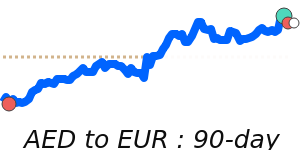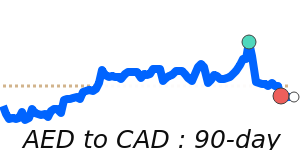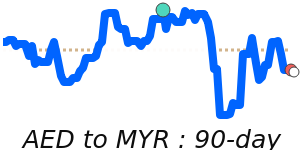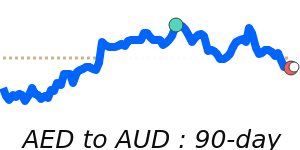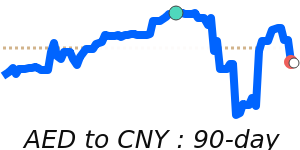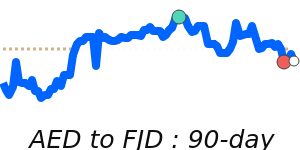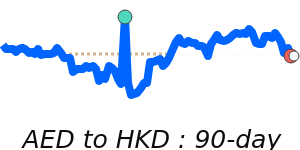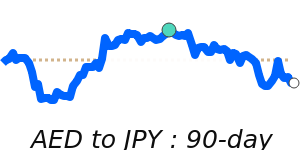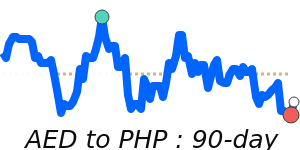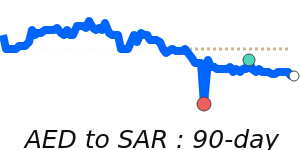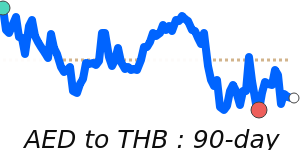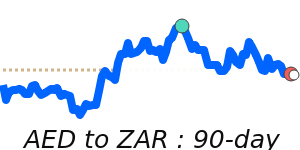The UAE Dirham (AED) has experienced stable performance recently, maintaining a consistent alignment with its historical exchange rates. Analysts note that the AED to USD rate is steady, holding at its 3-month average of 0.2723, indicating no significant shifts in the USD/AED market dynamics.
The EUR/AED exchange rate has seen some activity, hitting 14-day highs around 0.2326. This rate is only 0.6% below its 3-month average of 0.2339, reflecting a stable trading range. The pair has fluctuated within a narrow band of 0.2309 to 0.2372, highlighting the relative stability in the market.
In the case of the GBP/AED, the rate has reached 7-day highs, trading at approximately 0.2026. This figure is 1.1% under its 3-month average of 0.2047, moving within a stable 3.7% range from 0.2016 to 0.2091. This stability suggests that fluctuations in the GBP might not significantly impact the AED in the near term.
For the JPY/AED pair, recent trends show a jump to 7-day highs near 42.76, which is 1.5% above the 3-month average of 42.11. The range for this pair has been notably stable, trading from 40.93 to 42.95, which indicates strong confidence in the AED's value against the yen.
Several key developments are likely influencing the AED’s outlook. The UAE Central Bank is set to launch the Digital Dirham, a digital currency that aims to boost financial stability and reduce financial crime. The successful first cross-border transaction involving the Digital Dirham, which amounted to AED50 million sent to China, indicates a growing acceptance of digital financial solutions.
Additionally, the introduction of a new symbol for the Dirham in March 2025, designed to reflect financial solidity, may further enhance the currency's status. Positive economic growth forecasts, with the UAE's GDP expected to grow by 4.9% in 2025 and 5.3% in 2026, underline optimistic economic conditions that could support the Dirham’s performance.
Overall, the AED appears positioned favorably amid promising economic projections and innovative financial developments. Individuals and businesses should stay informed about these changes, as they can have a significant impact on international transactions and currency strategies.





